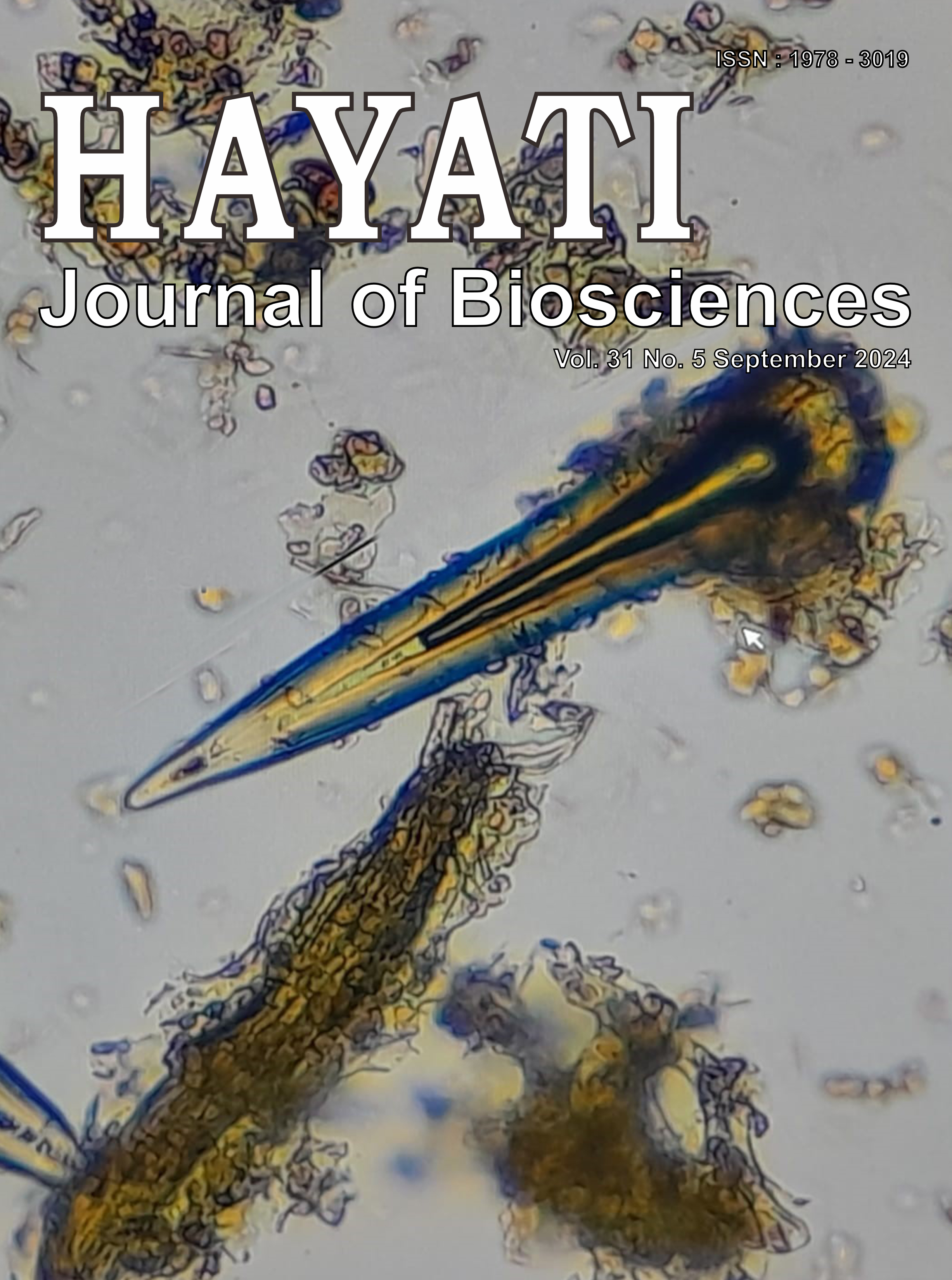Distinct Island Lineages of Binturong (Arctictis binturong) from Indonesia and Its Conservation Implications
Abstract
Binturong (Arctictis binturong) is a threatened carnivore that inhabits the forests of South and Southeast Asia. Despite its wide range, binturong is relatively scarce across its habitat distribution and is currently under the threat of poaching and illegal trade. Captive breeding has unfortunately been conducted rather haphazardly with a lack of origin record maintained, implicating potential risks to the management such as inbreeding or genetic swamping. This study thus aims to characterise the phylogenetic relationship of Indonesian binturong within the context of Southeast Asian binturong and further probe the distinctness of lineages originating from Java, Sumatra, Indonesian Borneo, and Bangka using Cytochrome B (CytB) and Cytochrome C Oxidase Subunit 1 (CO1). Genetic distance, phylogram topology, and haplotype analysis of both encoding genes further corroborate the distinctness of Java, Borneo, and Bangka binturong from other binturong from Indochinese regions such as India, Laos, and Myanmar. Search for prospective single nucleotide polymorphism markers to discriminate island lineages consistently found that each Java, Bangka, and Bornean binturong be distinct from each other and other lineages, especially when assessed using haplotype-based clustering. Assigning binturong originated from Sumatra is nonetheless more complicated, suggesting the possibility. Our findings substantiated the much-needed systematic research of Southeast Asian binturong as ex-situ insurance population management grows in Indonesia and other parts of the world to protect the diversity of binturong lineages and their corresponding unique evolutionary history.
Downloads
Copyright (c) 2024 Andreas Bandang Hardian, Irhamna Putri Rahmawati, Rini Widayanti, Sabhrina Gita Aninta

This work is licensed under a Creative Commons Attribution-NonCommercial 4.0 International License.
HAYATI J Biosci is an open access journal and the article's license is CC-BY-NC. This license lets others distribute, remix, tweak, and build upon author's work, as long as they credit the original creation. Authors retain copyright and grant the journal/publisher non exclusive publishing rights with the work simultaneously licensed under a https://creativecommons.org/

























.png) IPB University
IPB University Department of Biology
Department of Biology The Indonesian Biological Society
The Indonesian Biological Society 

